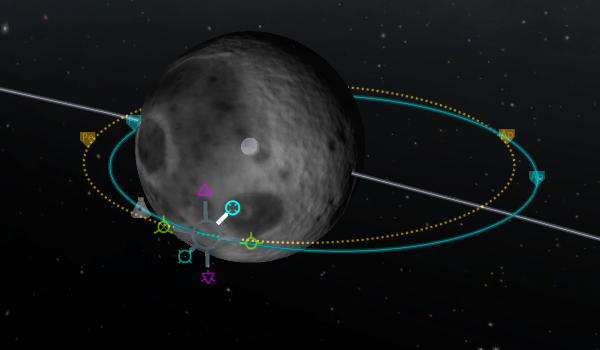In a bit of recycled bunk, some video of the September 2nd, 2015 Atlas V Rocket Launch in Florida has popped up on social media wth misleading headlines. The footage was upload to Liveleak with the headline "Unkown object over Azerbaijan - July 2016" [sic] and also posted on the Facebook page of Bestagram Azerbaijan, where it got 15 million views. It was then picked up by British tabloid media, including the Daily Mail, and The Sun.
The footage is in Miami airport, where several people took videos of the rocket launch, for example:
Source: https://www.youtube.com/watch?v=LAugPb5GLWM
And another:
Source: https://www.youtube.com/watch?v=CEbl64L-wGk
This video shows the full development of the plume:
Source: https://www.youtube.com/watch?v=ZJ6LlShMZ8g
Local News reported on the public's confusion:
Source: https://www.youtube.com/watch?v=Yk6__3cpwCE
And the day after the launch the Miami New Times reported "Everyone Freaked Out"
http://www.miaminewtimes.com/news/a...p-miamis-sky-and-everyone-freaked-out-7867087
No, the clip isn't the beginning of the latest insufferable "found footage" horror flick about an alien invasion. It's just one of the hundreds of tweets, Facebook updates, and cell-phone videos uploaded by terrified Miamians who spotted a freakish burst of light over the horizon early this morning.
Guys, chillax. The spectacle was the Atlas 5 rocket launching off Cape Canaveral. Since the death of NASA's space shuttle program, South Florida has lost the hang of seeing stuff blasted into the ether.
Last edited:

